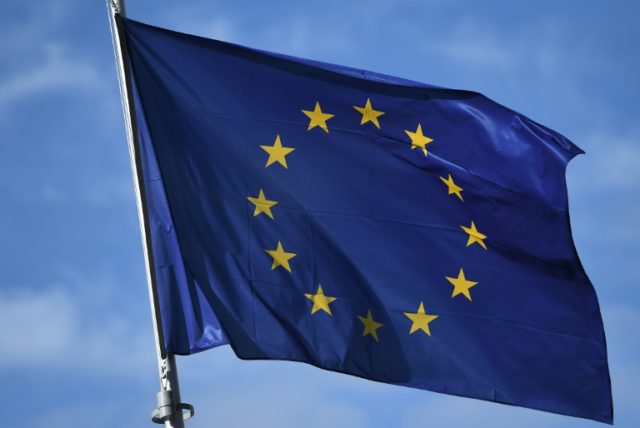Brussels (AFP) – Growth in the eurozone slowed in the first quarter this year, data showed Wednesday, adding to fears that the recovery in Europe may be losing steam after a strong 2017.
The data confirmed a warning last week by European Central Bank chief Mario Draghi that growth in the 19-country single currency bloc was reaching “some moderation” in the face of protectionist dangers.
Economic growth in the eurozone hit 0.4 percent in the January to March period, below the 0.7 percent in the previous quarter, the EU’s Eurostat statistics agency said.
On a year-to-year basis, economic growth in the eurozone reached 2.5 percent, lower than the 2.8 percent in the previous quarter but still far ahead of the 1.8 percent reached in 2016.
The figures, after a bumper 2017, add to a slew of economic data in recent months that suggested the single currency area has lost momentum.
Last week France posted a steep drop in growth from 0.7 percent to 0.3 percent in the quarter, with Italy flat at 0.3 percent.
Unemployment in the 19-country single currency area meanwhile remained stable at 8.5 percent in March, its lowest level since December 2008, Eurostat said.
“Temporary factors, including unseasonably cold weather, striking workers, short-term bottlenecks and even an outbreak of the flu, appear to have weighed on GDP growth in the quarter,” said Stephen Brown, European Economist at Capital Economics.
“But there is no denying that underlying growth has slowed as last year’s boost from net trade has faded,” Brown said.
Both figures were in line with the expectations of analysts surveyed by the financial service provider Factset.
– Unemployment stays lower –
Draghi’s warning of storm clouds on the horizon for the eurozone, prompted the ECB to keep its massive stimulus scheme in place.
With the downbeat data, the ECB last week made no changes to the bank’s easy money policies, opting to keep interest rates at historic lows and continue buying 30 billion euros ($36.5 billion) of bonds every month under the “quantitative easing” (QE) stimulus programme.
“The question is whether this is just a blip or the beginning of a more pronounced cyclical slowdown. The truth probably lies somewhere in between,” said Florian Hense, economist at Berenberg Bank.
As usual there were wide regional differences in the unemployment figures, which remained high in Greece at 20.6 percent in January, the last month for which figures were available, Spain at 16.1 percent, and Italy at 11.1 percent.
German unemployment fell to a super-low 3.4 percent in March, with the Netherlands dropping to 3.9 percent.
The youth unemployment rate, a major concern since the eurozone crisis, continued its trend downward.
In March, youth unemployment was 17.3 percent in the euro area, down from 19.4 percent the same month in 2017.

COMMENTS
Please let us know if you're having issues with commenting.